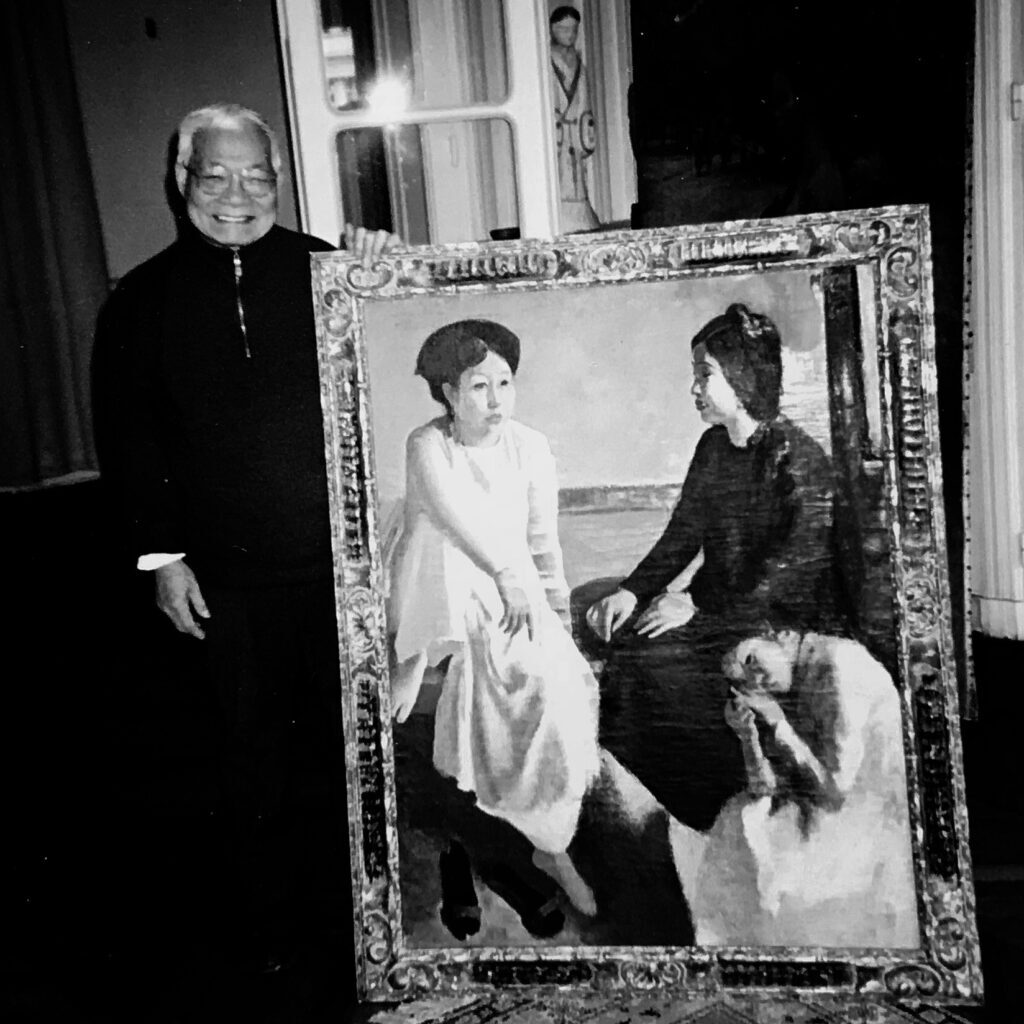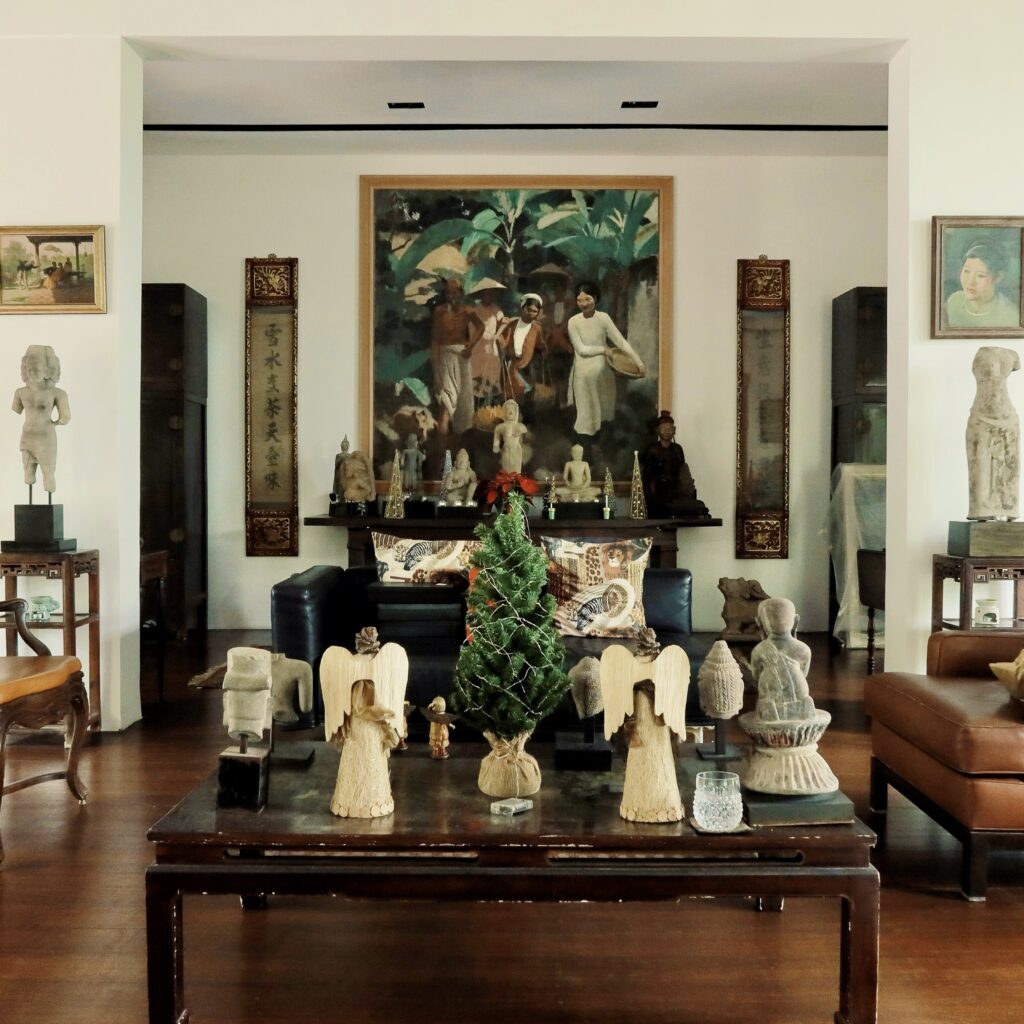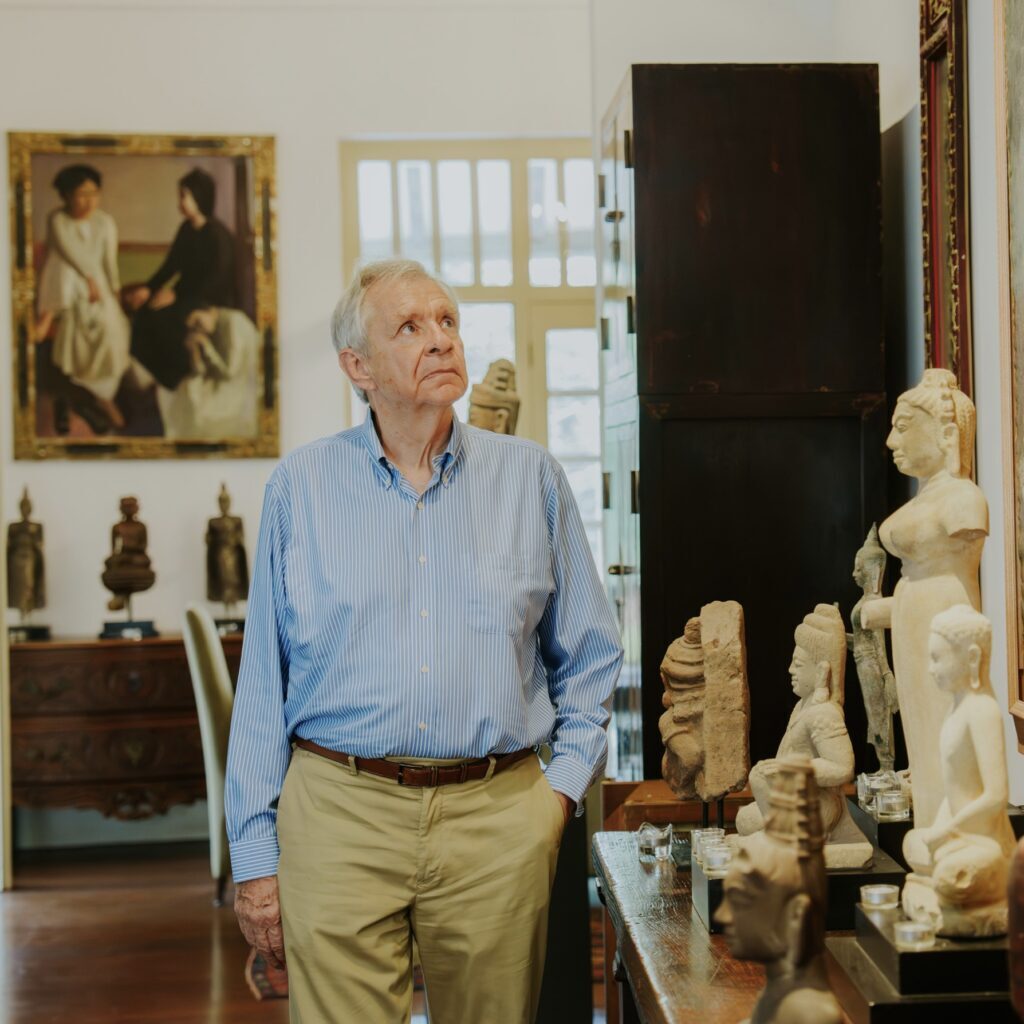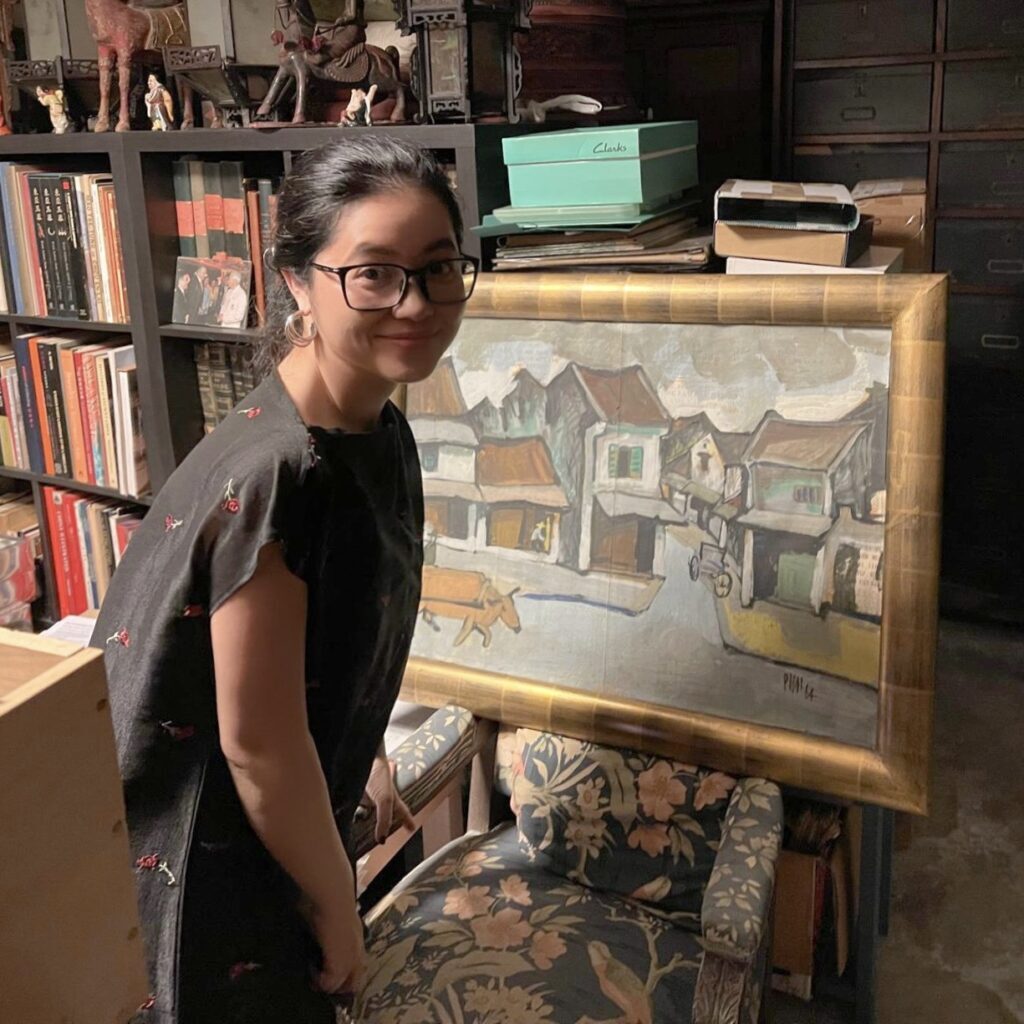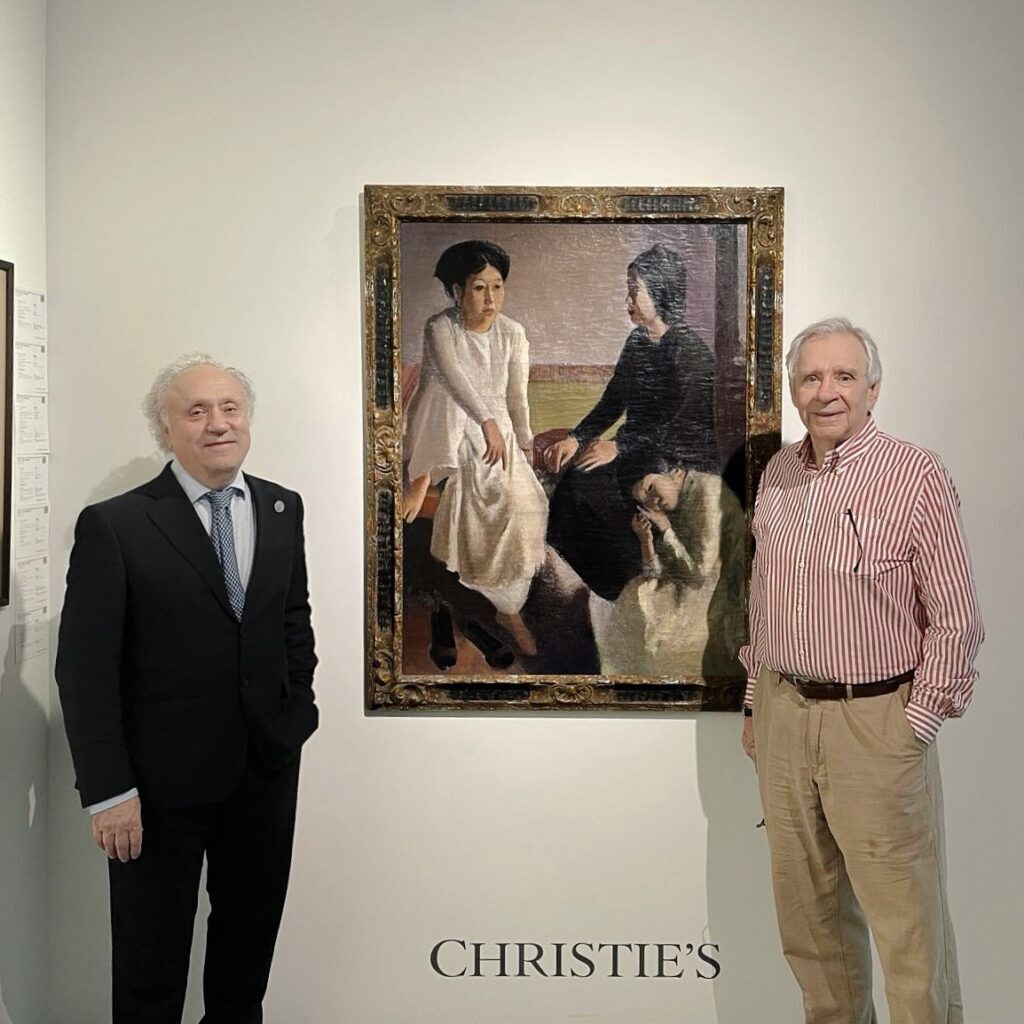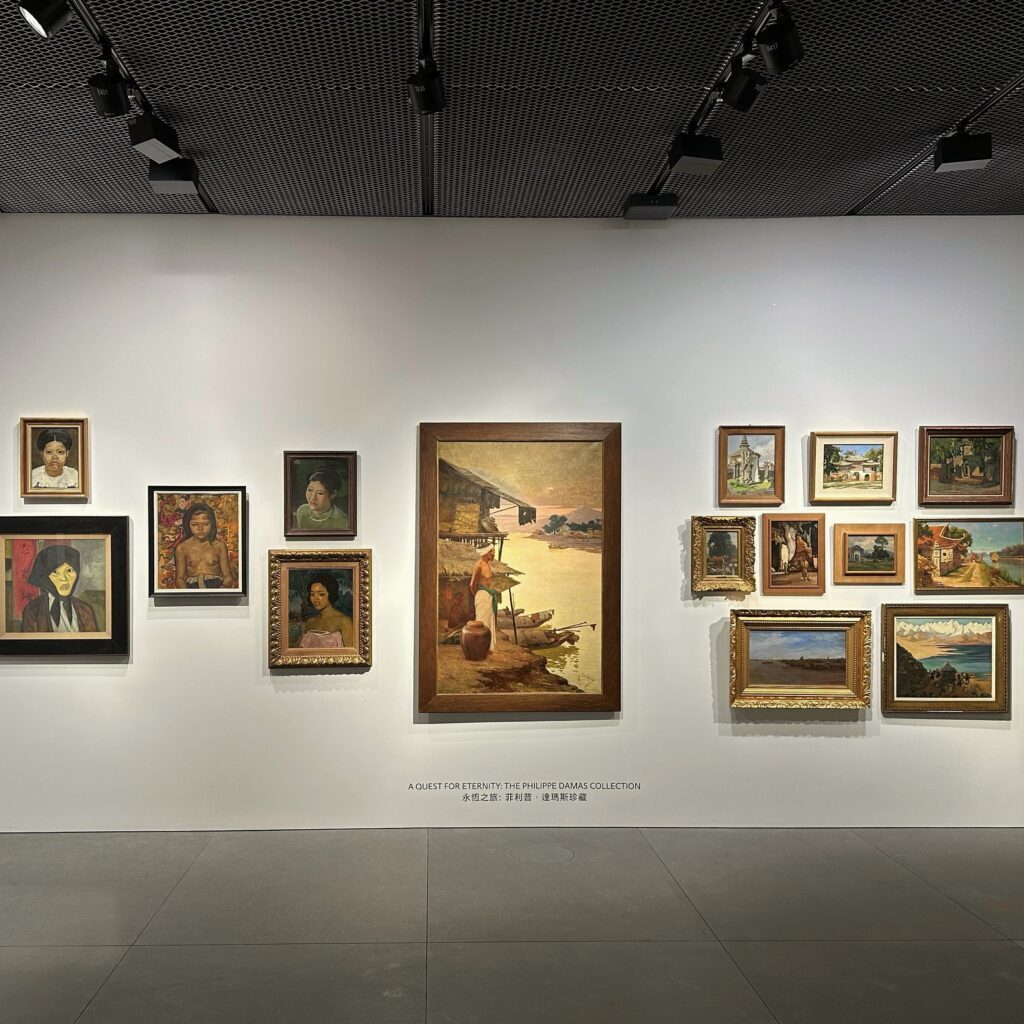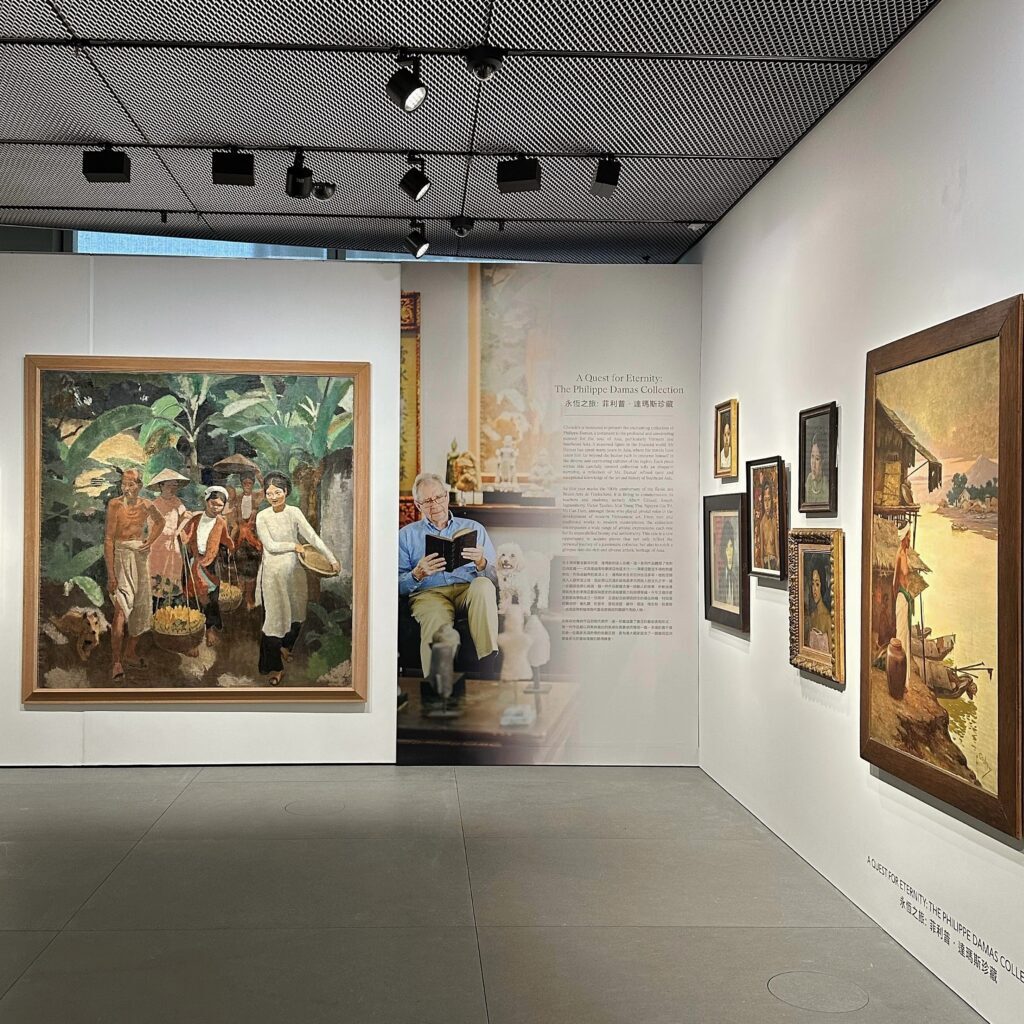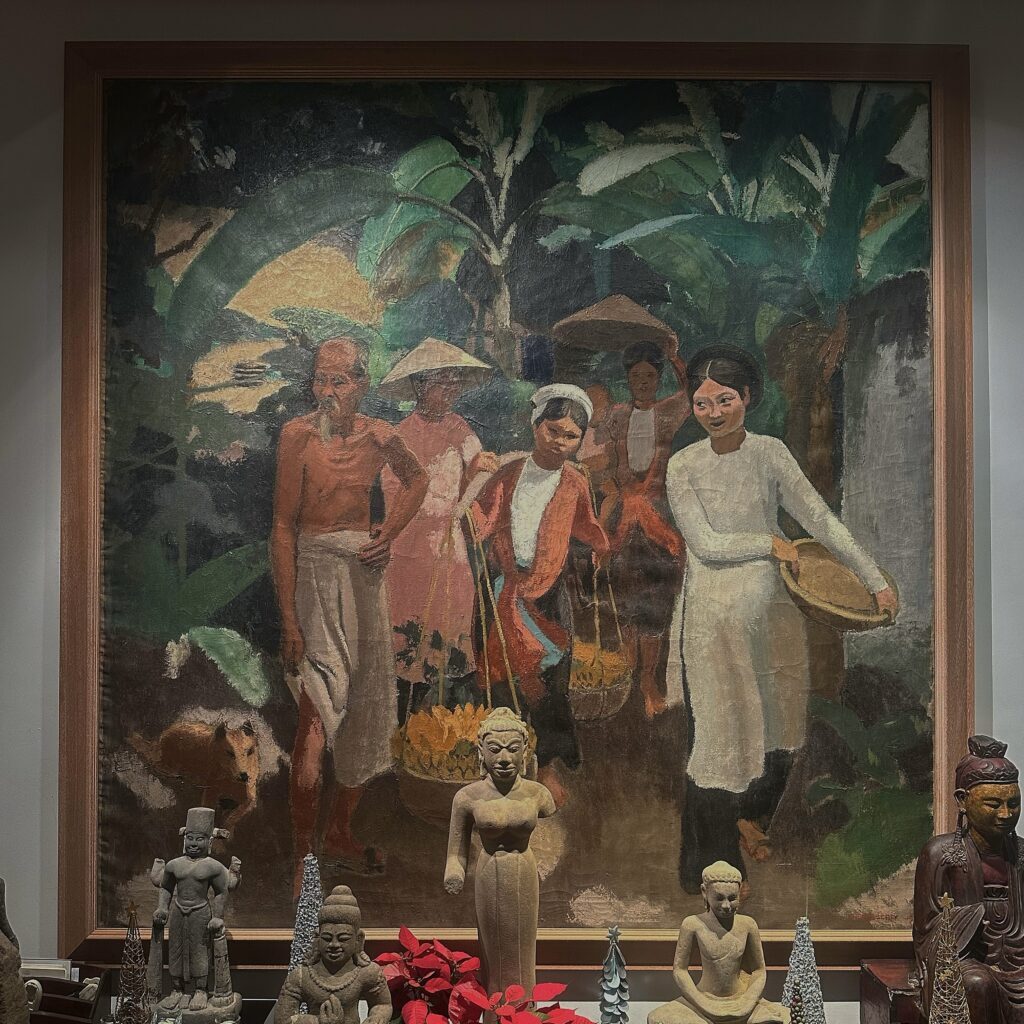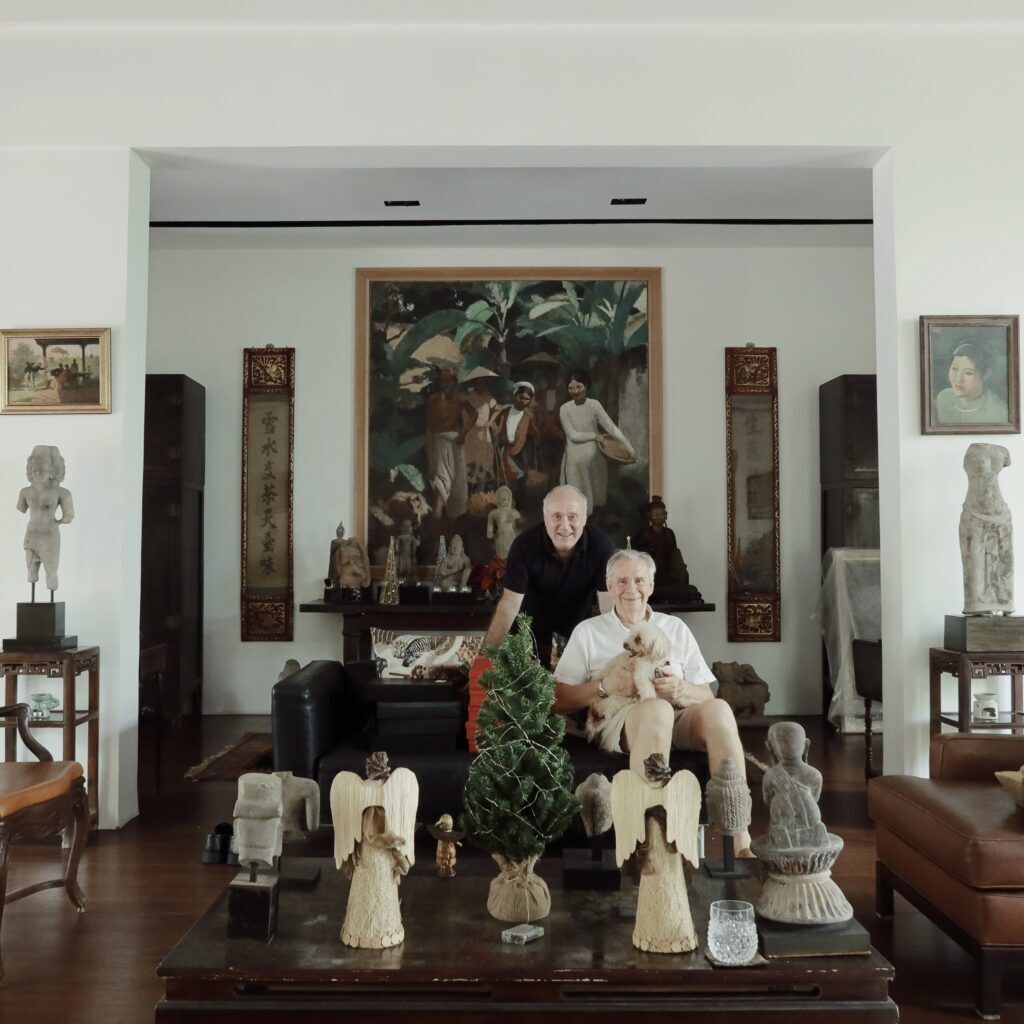Alix Tardieu and The Legacy of Victor and Jean Tardieu: Bust of Jean Tardieu sculptured by Vu Cao Dam (Vietnam, 1908-2000).
On 29 May 2016, to mark the 30th anniversary of Christie's Asia, Asian 20th Century and Contemporary Art unveils an exciting range of masterpieces by leading Asian artists at Christie’s Hong Kong Spring Auctions, Christie's Hong Kong, Se Souvenir Des Belles Choses: A Curated Collection of Vietnamese Art is privileged to be able to handle the sale of a comprehensive collection of works of the late French artist Victor Tardieu from the collection of the artist’s granddaughter, Alix Tardieu. One of the most significant figures in modern Vietnamese art, Victor Tardieu is credited with having laid the foundation and establishing the art college L'Ecole des Beaux-Arts in Hanoi in 1924, three years after his arrival in Hanoi. The college went on to attract some of the most famous painters Vietnam and the Asian art world was to know: Le Pho, Mai Trung Thu, Vu Cao Dam as well as Nguyen Phan Chanh, Nguyen Gia Tri and To Ngoc Van, just to name a few. Through their work, they all testified to the solid foundation laid out by Victor Tardieu as college founder.
The collection comprises seven works – five by Victor Tardieu that ranges in medium and subject and two rare to market busts by Georges Khanh and Vu Cao Dam of Victor Tardieu and his son, the noted French dramatist Jean Tardieu. Through the collection, we begin to piece together a richer understanding of the life of a dedicated art worker.
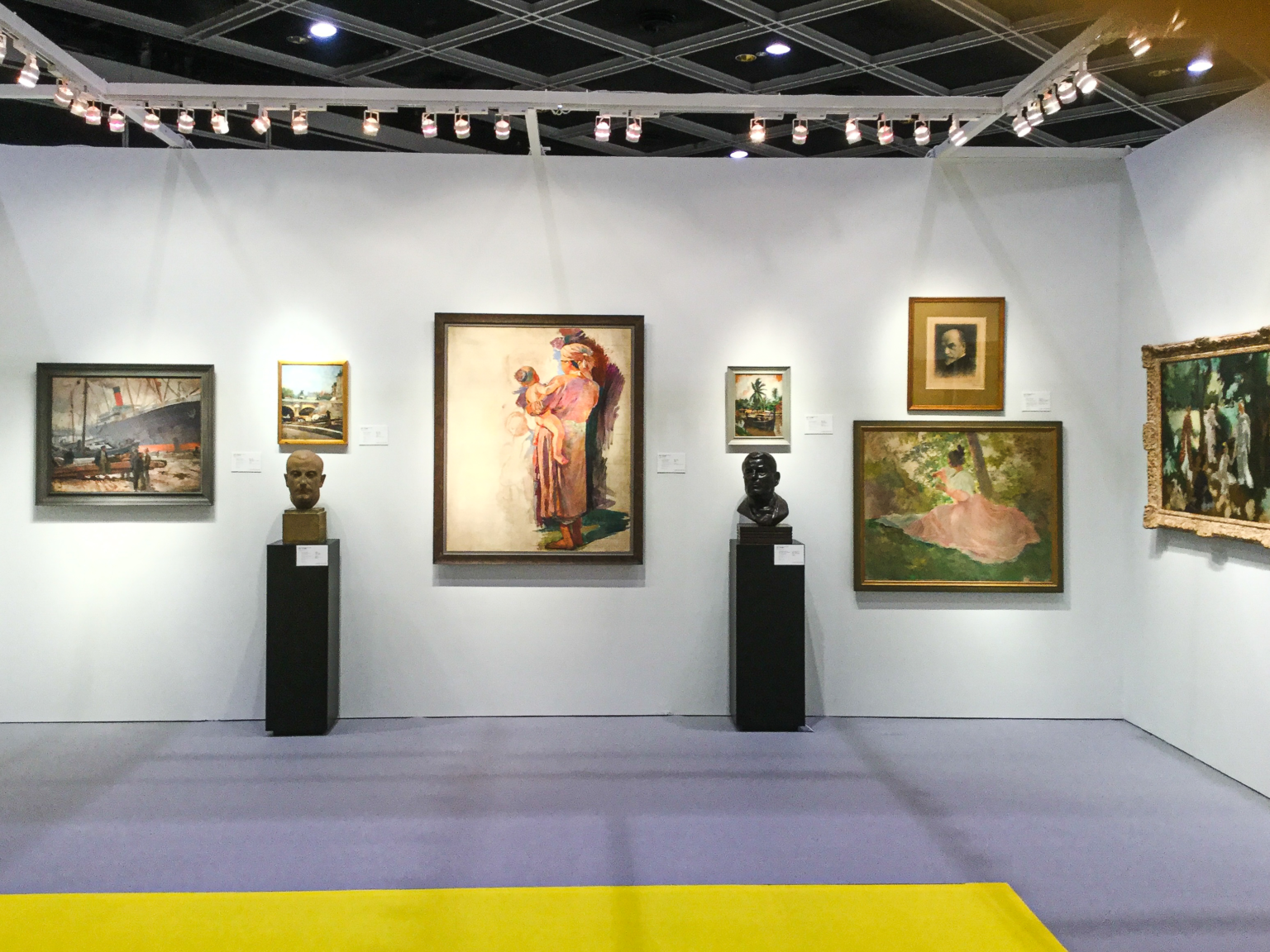
THE LEGACY OF VICTOR AND JEAN TARDIEU
BY ALIX TARDIEU
If I revisit my childhood memories, the image of my grandfather, Victor Tardieu the painter, becomes intimately blurred with that of my father, Jean Tardieu the writer. My grandfather passed away before I was born, but I came to know him through the many weekends that I spent at the home of my grandmother, Caline, where his presence was palpable.
During these tranquil weekends, aside from playing the piano with my grandmother, who had been a professional harpist, I would also rummage about in the attic by myself. This was perfumed with the smell of wood, and filled with paintings by my grandfather. I would stand before the different subjects of the canvases, looking at the bows of ships at Liverpool and pretty dresses of ladies in sunny gardens, as well as people of Asian ancestry and bronzed skins wearing clothing in sumptuously warm colours.
When I would come down from the attic, my grandmother would invariably talk to me at length about my grandfather’s talent, his success before the Great War, his study trips when they were just newlyweds, and always about the great endeavors to which he had devoted himself from the moment he arrived in Hanoi in 1921: the mural in the auditorium of the its university and at the same time, the creation of a School of Fine Arts where he was going to meet and guide young Vietnamese artists “more gifted than our family”, as he would say.
My time during these tranquil weekends were also spent taking long walks in the forest with my parents, and often on readings that my father gave of what he had written in the night as well.
Both Victor Tardieu and Jean Tardieu enjoyed success and recognition for their work for a good many years in their lifetime, as a painter and a writer respectively. Today, the public is discovering anew and once again seeking the artworks of my grandfather, while the literary works of my father are Jean have become classics of the French language. I look forward to playing my part in passing on their legacy, as my children will continue to do after me.


